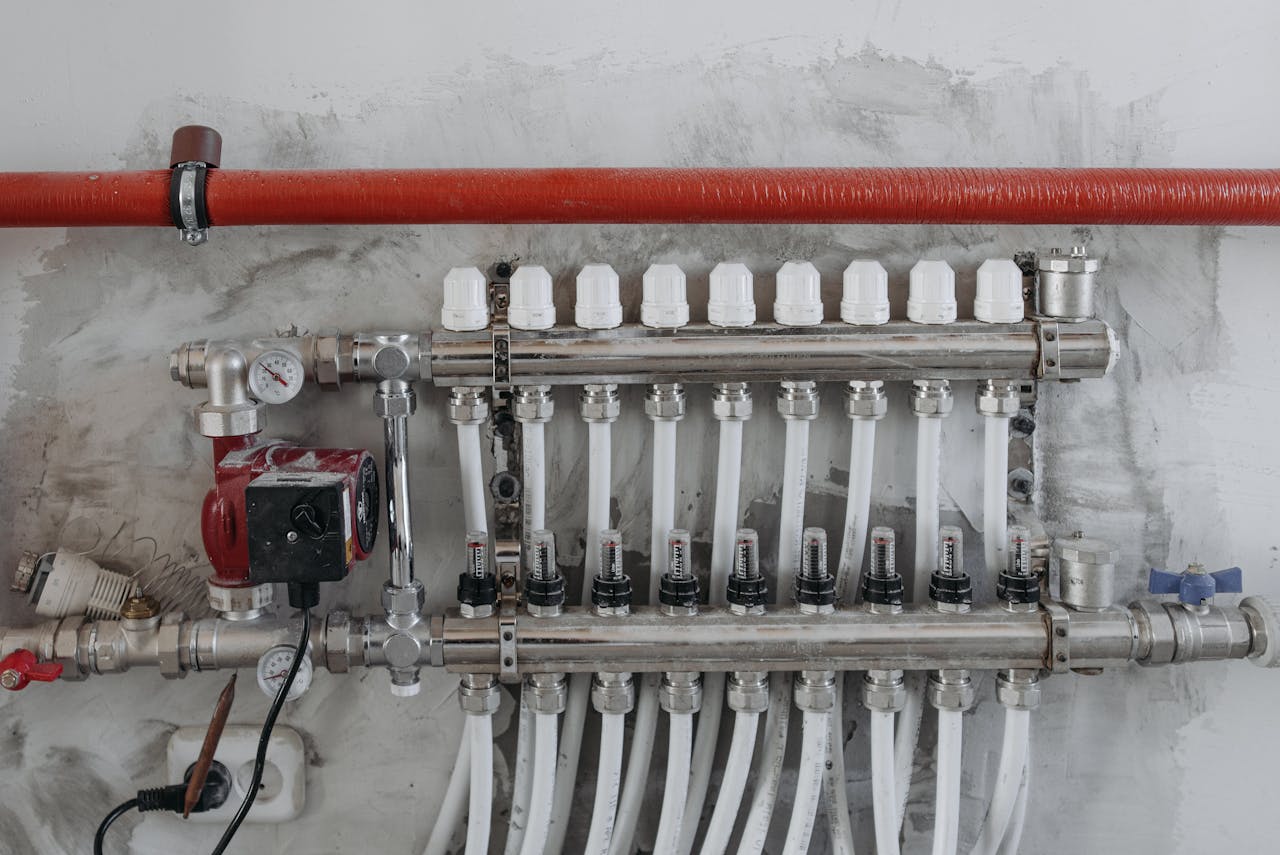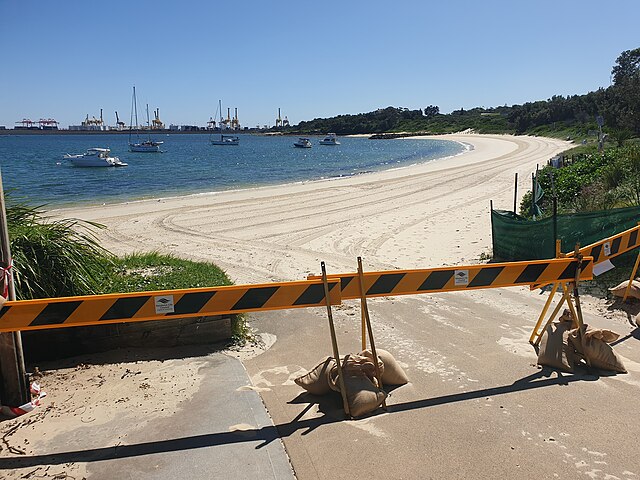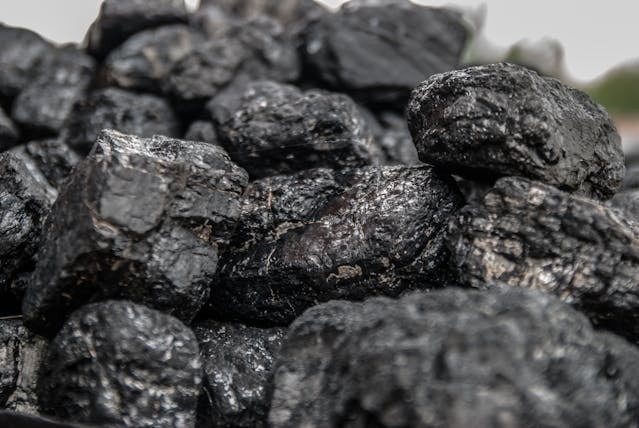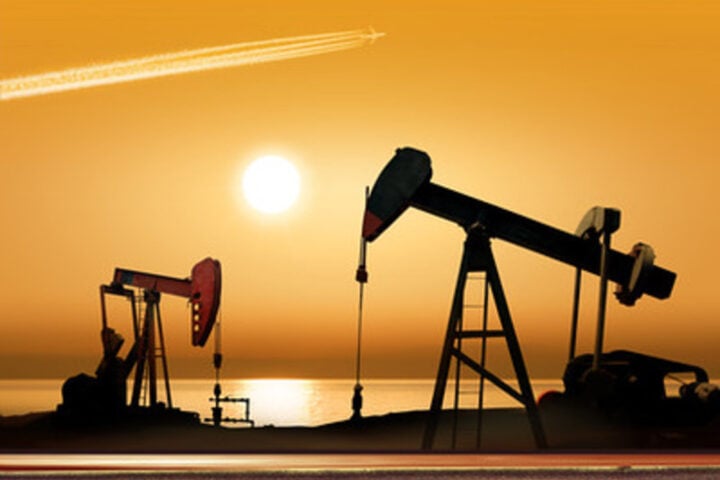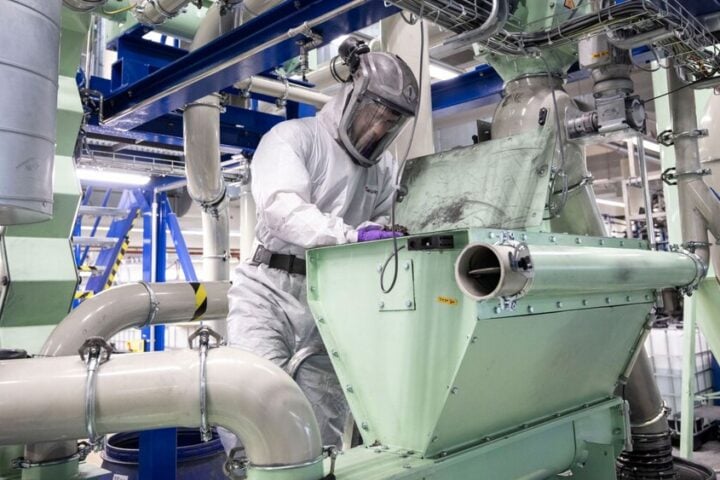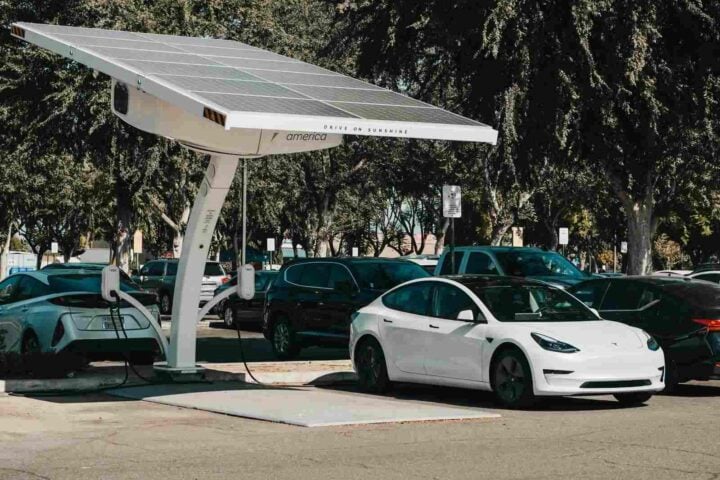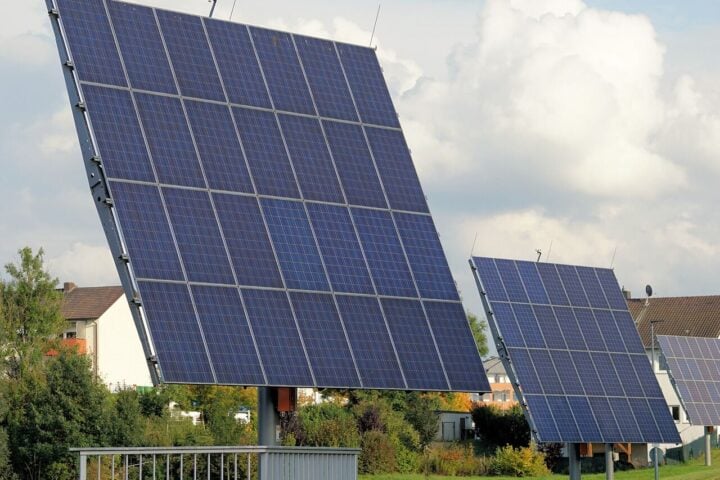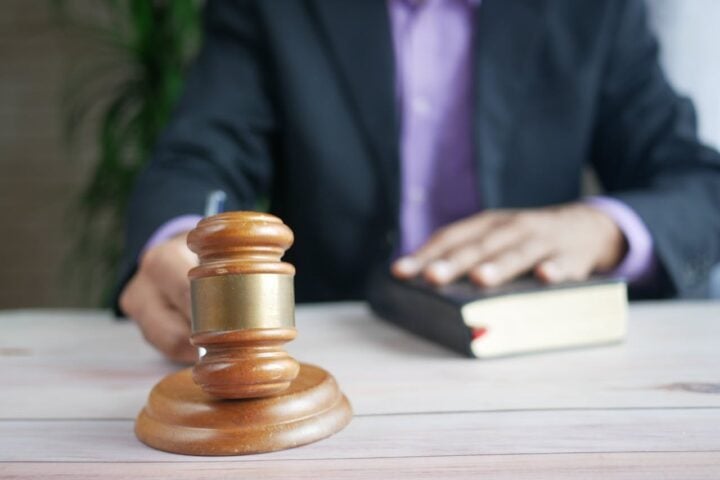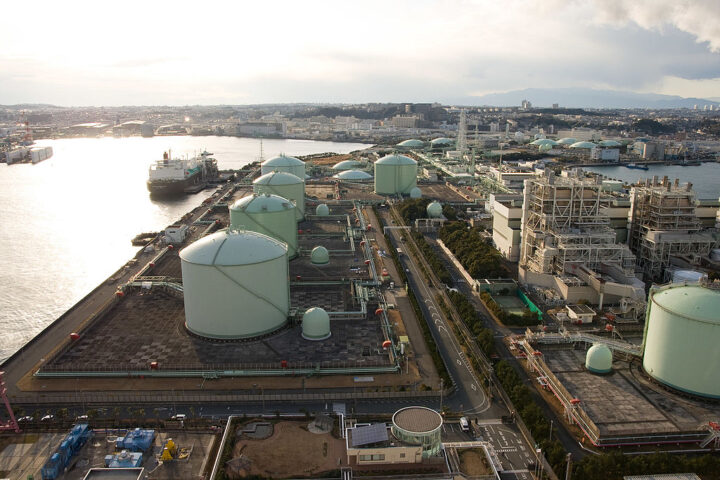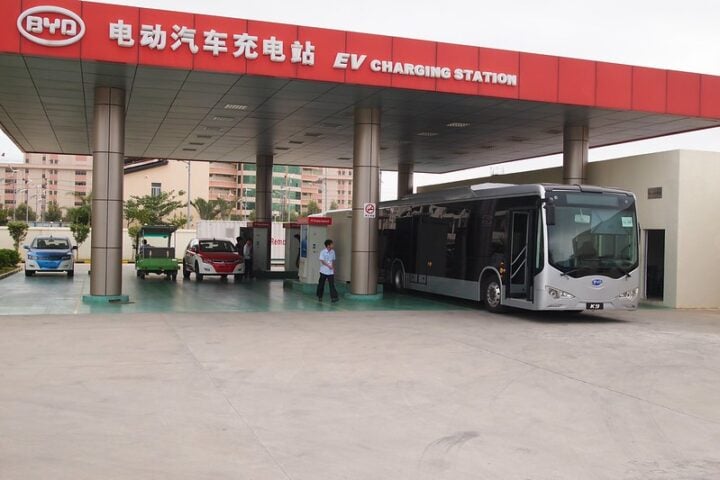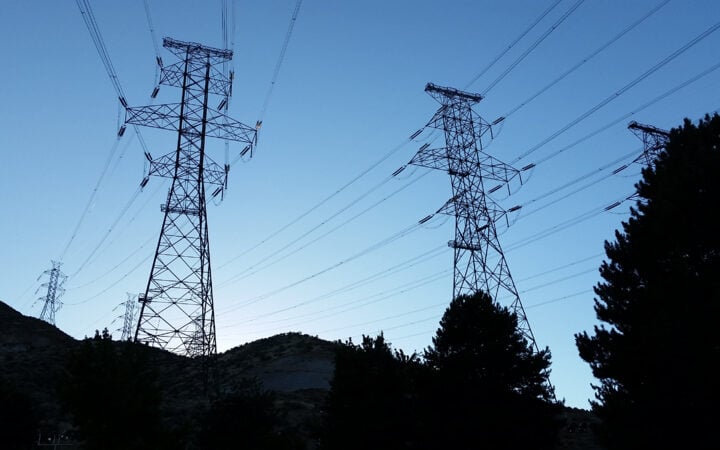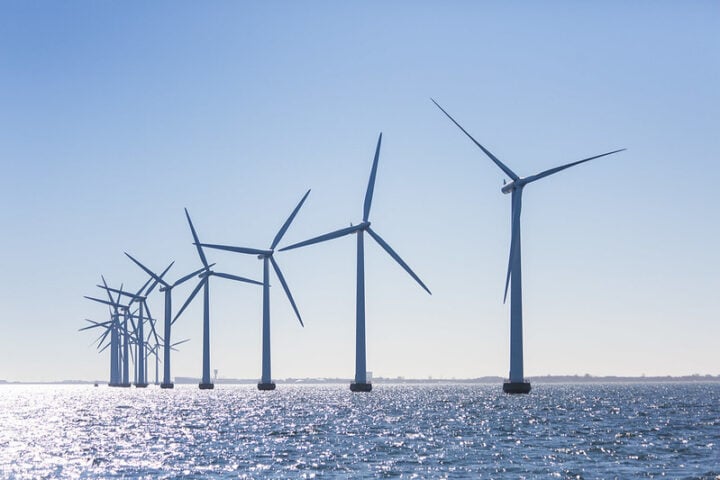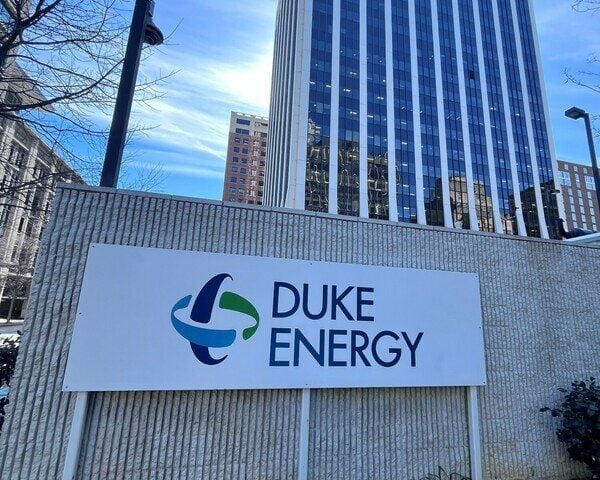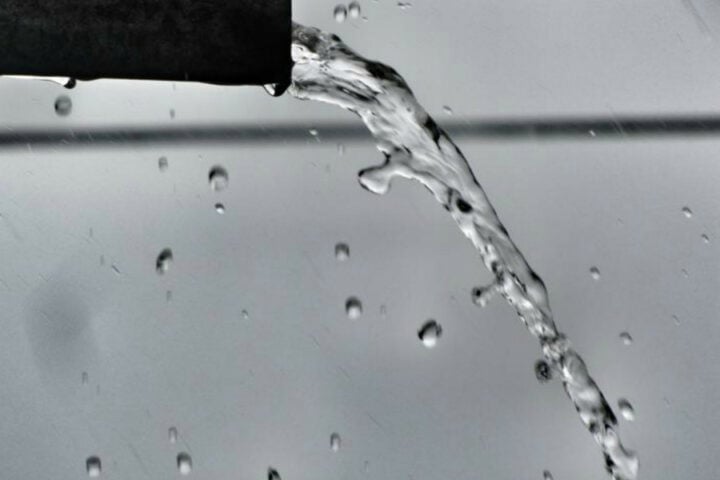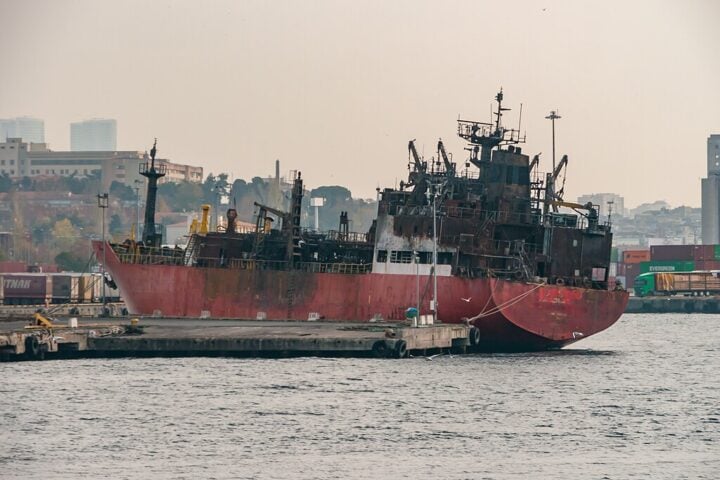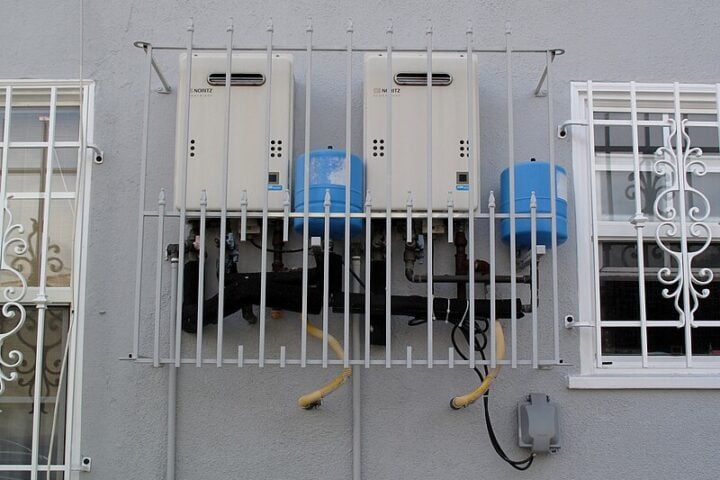The U.S. government is strengthening safety rules for carbon dioxide (CO₂) pipelines – the networks that transport captured carbon underground to reduce greenhouse gas emissions. These new rules come after a serious pipeline break in Satartia, Mississippi in 2020, where leaked CO₂ sent 45 people to the hospital.
The changes focus on preventing similar incidents and improving emergency response. Pipeline companies must now:
- Provide training to emergency responders
- Ensure CO₂ detection equipment is available for local first responders
- Follow more robust communication requirements during emergencies
- Conduct detailed vapor dispersion analyses
- Follow new requirements when converting existing pipelines to transport CO₂
This matters because CO₂ pipelines are expanding rapidly. Currently, there are about 5,000 miles of these pipelines in the U.S. By 2050, that could grow to 50,000 miles as more facilities capture carbon to fight climate change.
“These new requirements will be the strongest, most comprehensive standards for carbon dioxide transportation in the world,” explains Tristan Brown from the Pipeline and Hazardous Materials Safety Administration (PHMSA).
Similar Posts
The rules address a serious safety concern: when CO₂ leaks, it’s 1.53 times heavier than air and can displace oxygen, potentially causing breathing problems. In Satartia, this led to evacuations and hospitalizations. The new requirements ensure emergency teams are prepared to respond.
Industry groups and environmentalists view the changes differently. Pipeline companies point to their overall safety record, while environmental groups praise the stronger protections for communities.
The public has 60 days to comment on these proposed rules once they’re officially published. These changes aim to make CO₂ transport safer as carbon capture technology becomes more common in fighting climate change.
